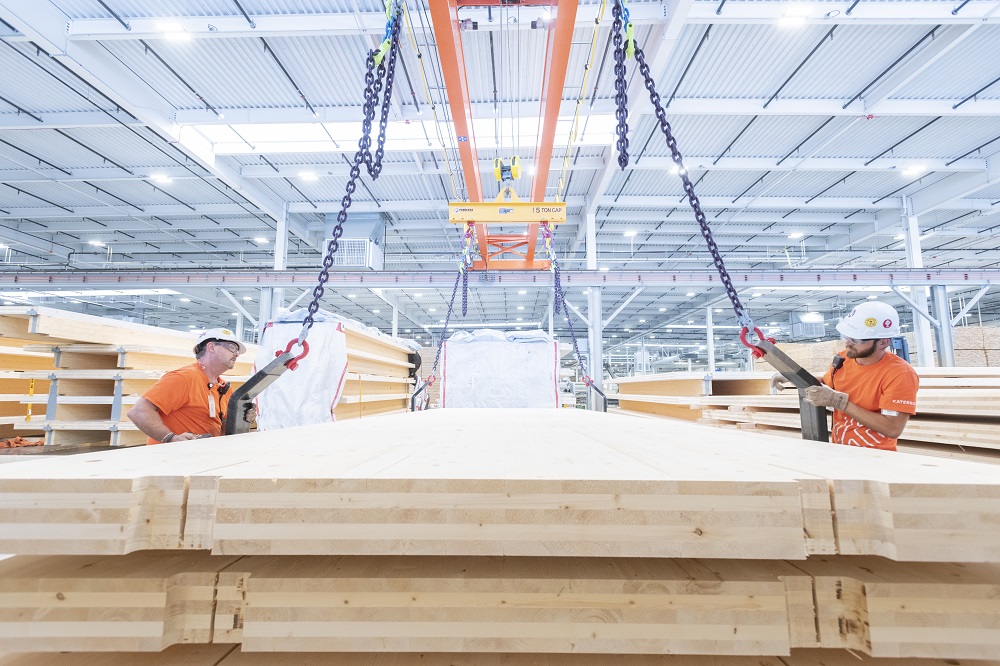DB Export
Maybe I’ve had my head in the sand for a while (forgive the pun right out of the gate), but I've recently found out that the world is suffering from a shortage of sand. The New York Times reports that the increasing demand of sand from manufacturing and construction in combination with rising sea levels and human development of shores is reaching crisis levels. Sand is used in plenty of construction activities, from mortar to concrete to brick and asphalt. We use a LOT of it. In fact, concrete production takes a whopping 80 percent of all the sand that is mined. So what can we do? One company says the answer is to drink more beer.
DB Export, a New Zealand beer company, has built glass beer bottle crushing machines that they hope can help save the world’s sand reserves. The machine has a beer bottle specific shape that they say removes the label and the silica dust, while turning the glass into 200 grams of sand substitute in 5 seconds.
AdWeek reports that DB Export has already reached a deal with New Zealand’s largest producer of bagged concrete, DryMix. That’s a pretty big deal. More than 28 billion glass jars and bottles end up in landfills every year in America, according to Recycle Across America, so not only could this process help our industry, it could also greatly reduce the size of landfills.
DB Export isn’t alone in their quest to recycle bottles to be used in construction, either. An American company, ByFusion, has developed a process to smash plastic bottles into non-structural building blocks that can be used in light duty applications.
Check out the video from DB Export below for some additional information:











Like most of the other electric machines that have been announced previously, Volvo promises that this midsized, 14 metric ton excavator will have the same performance as a similarly sized diesel version. The X03 is currently in the concept stage, so Volvo does not have immediate plans to bring it to market, but it shows the possibilities that electronics on heavy machinery can allow for.